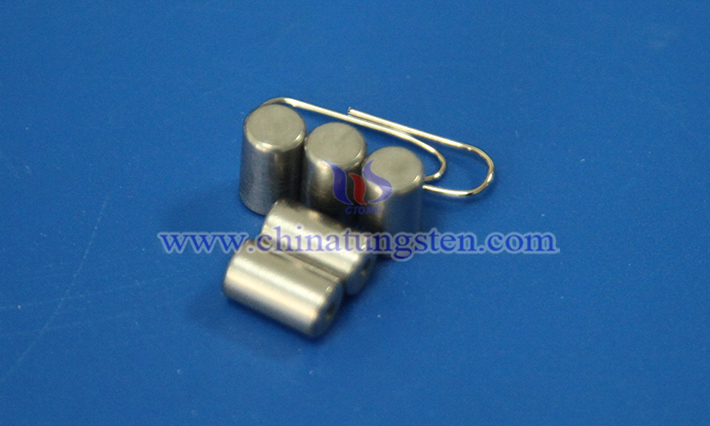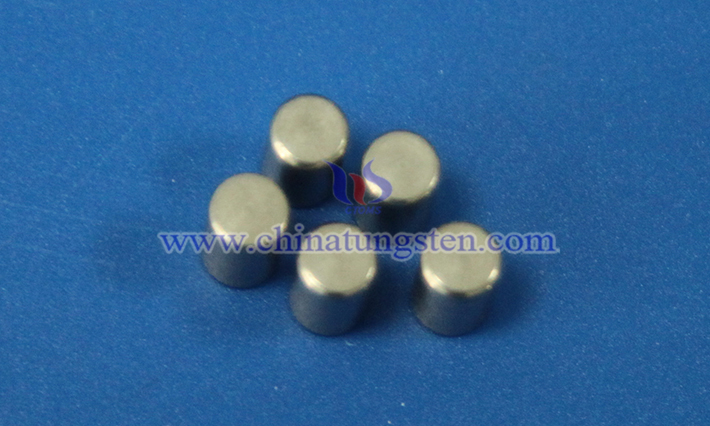Factors Affecting the Electron Emission Performance of Barium Tungsten Electrodes
- Details
- Category: Tungsten Information
- Published on Monday, 26 May 2025 17:23
The electron emission performance of barium tungsten electrodes is affected by a combination of factors, including temperature, surface state, composition, electric field, aging and use. These influencing factors interact with each other and jointly determine the emission efficiency and service life of the electrode.
1. Temperature
Temperature is a key factor affecting thermal electron emission. High temperature provides additional kinetic energy to the electrons on the electrode surface, making it easier for them to overcome the work function (i.e., work function) and escape from the electrode surface to form an electron flow. This phenomenon is particularly significant in thermal electron emission because the emission current is exponentially related to temperature. Appropriately increasing and precisely controlling the operating temperature can significantly enhance the electron emission performance. However, excessively high temperatures may also accelerate material aging, so it is necessary to find a balance between performance and life.

2. Surface State
The cleanliness and smoothness of the electrode surface directly affect the electron emission efficiency. If there are contaminants, oxide layers or microscopic rough structures on the surface, it will hinder the electron escape, increase the probability of scattering or capture, and thus reduce the emission efficiency. For this reason, modern manufacturing processes often use technologies such as chemical cleaning, vacuum heat treatment or surface coating to ensure a pure and smooth surface. These measures not only improve the emission efficiency, but also enhance the performance stability of the electrode.
3. Composition
The composition ratio of the barium tungsten electrode determines the level of its work function. The work function is the minimum energy required for electron escape. The lower the work function, the easier the electron emission. Barium, as a low work function material, can significantly reduce the overall work function and improve the emission capacity after being combined with tungsten. By precisely controlling the ratio of barium and tungsten and ensuring the uniformity and stability of the composition, the emission performance of the electrode can be optimized and its service life can be extended.

4. Electric Field
Under field emission conditions, the strength of the applied electric field plays a vital role in electron emission. A strong electric field reduces the barrier height for electron escape through the field emission effect, allowing electrons to be efficiently emitted even at lower temperatures. This mechanism is particularly important in high electric field applications such as electron microscopy or field emission displays. By precisely controlling the electric field strength, efficient and controllable electron emission can be achieved.
5. Aging and Use
With the increase of usage time, the electrode will age, which is manifested as surface contamination, material loss or microstructural degradation. These changes may lead to an increase in work function or a decrease in emission sites, thereby reducing electron emission performance. For example, long-term high-temperature operation may cause barium volatilization or surface oxidation. Therefore, electrode design needs to consider life optimization strategies, such as regular maintenance or improved material durability, to maintain stable emission efficiency.
- Chinatungsten Online: www.chinatungsten.com
- CTIA GROUP LTD: en.ctia.group
- Tungsten News & Price: www.ctia.com.cn
- Molybdenum News & Price: news.molybdenum.com.cn
- Tel.: 86 592 5129696; Email: sales@chinatungsten.com



 sales@chinatungsten.com
sales@chinatungsten.com